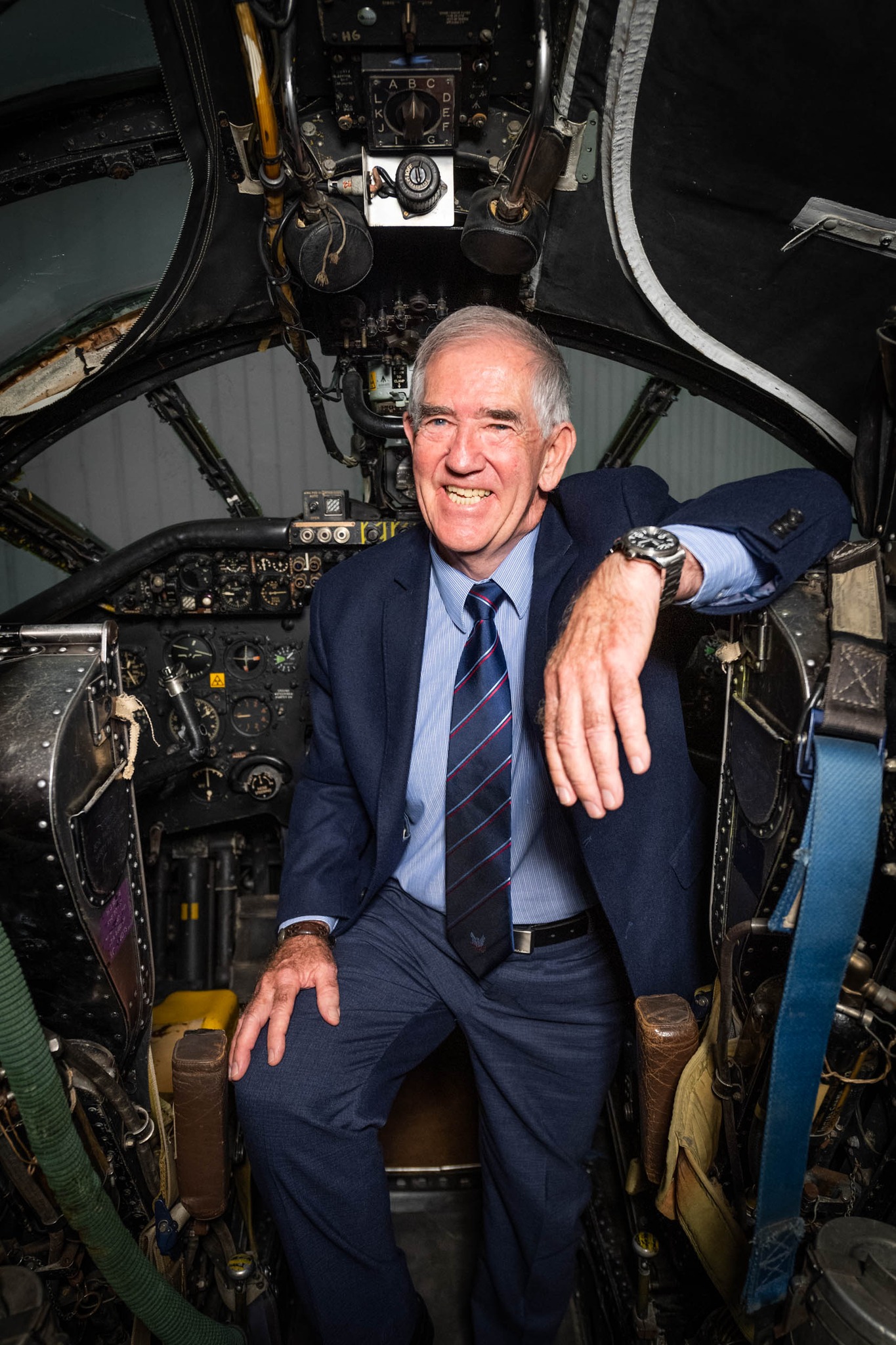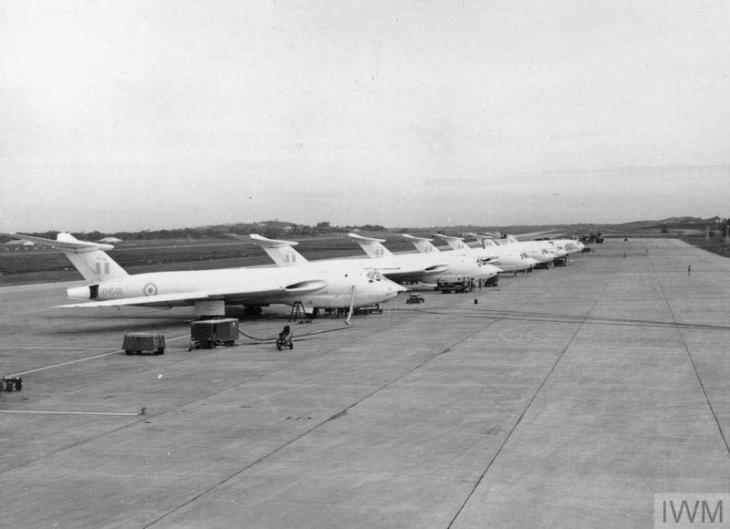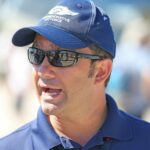
After five years of painstaking work by the conservation team at Imperial War Museum Duxford, Handley Page Victor B.1 XH648 is now complete and on permanent display within the museum’s Conservation Hall. Last week, the Imperial War Museum invited a number of RAF Victor veterans to Duxford for the official unveiling.

The jet-powered strategic bomber, which was responsible for carrying a atomic bomb as part of Britain’s nuclear deterrent during the Cold War of the 1960s and 70s, has undergone a meticulous, full-scale restoration which began in late 2016.
Victor XH648 rolled off Handley Page’s production line as a B.1 (it is the last surviving example of this variant), making its first flight on November 27th, 1959. The aircraft joined its first operational unit, No.57 Squadron at RAF Honington in Suffolk, on December 21st that year. In October 1960, the bomber returned to Handley Page’s facility in Radlett, Hertfordshire for conversion to B.1A status. This involved equipping the Victor with new electronic countermeasures equipment, improved radio and radar suites, and swapping the engines for Armstrong Siddeley Sapphire Mark 20701s.
On May 11th, 1961, following conversion and test flights, XH648 joined No.15 Squadron at RAF Cottesmore. It then flew as part of the RAF’s Far East Air Force during the confrontation with Indonesia in 1962-63. On return from Indonesia, XH648 remained with 15 Squadron until its return to 55 Squadron at RAF Honington on 3 April 1964.

Less than a year later, Handley Page converted the aircraft into a two-point aerial refueling tanker, making it a B(K).IA model. This process involved fitting Mark 20B refueling pods under each wing. The aircraft soon returned to 55 Squadron, which moved to RAF Marham shortly afterward, XH648’s home for the next ten years.
On June 23th, 1975, XH648 transferred to No.57 Squadron, also based at RAF Marham, where it supported the Squadron’s final year as a Mk.I tanker squadron. The aircraft retired to Duxford on June 2nd, 1976, where it spent the next few decades on external display.
In late 2016, IWM staff moved Handley Page Victor XH648 from the Conservation Hall in the AirSpace hangar to the Conservation in Action hangar, to begin the extensive conservation program.
For additional information about this Victor and to continue to support the preservation of this rare aircraft, please visit www.iwm.org.uk

Related Articles
Born in Milan, Italy, Moreno moved to the U.S. in 1999 to pursue a career as a commercial pilot. His aviation passion began early, inspired by his uncle, an F-104 Starfighter Crew Chief, and his father, a military traffic controller. Childhood adventures included camping outside military bases and watching planes at Aeroporto Linate. In 1999, he relocated to Atlanta, Georgia, to obtain his commercial pilot license, a move that became permanent. With 24 years in the U.S., he now flies full-time for a Part 91 business aviation company in Atlanta. He is actively involved with the Commemorative Air Force, the D-Day Squadron, and other aviation organizations. He enjoys life with his supportive wife and three wonderful children.









XH648 is not actually the sole surviving Victor, as there are four Victors preserved in the UK; however, it is the only B.1 bomber variant (albeit converted to tanker), as the other three aircraft at the RAF Museum (Cosford), Yorkshire Air Museum (York) and British Aviation Heritage Centre (Bruntingthorp) are all K.2 tankers.
Thanks, John, we edited the article accordingly.